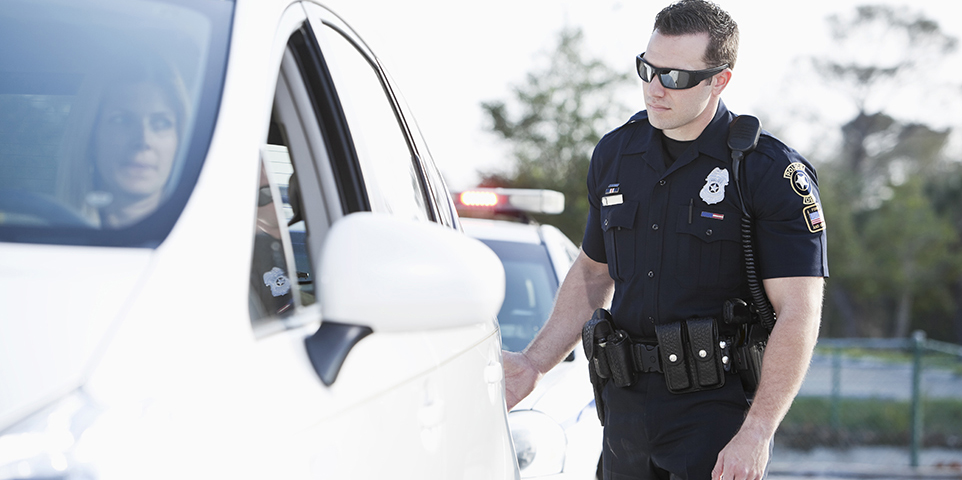MEMBERSHIP
AMPLIFY
EN ESPAÑOL
Connect With Us
- Popular search terms
- Automobile
- Home + Renters
- Claims
- Fraud
- Hurricane
- Popular Topics
- Automobile
- Home + Renters
- The Basics
- Disaster + Preparation
- Life Insurance

Alcohol-impaired crashes are those that involve at least one driver or a motorcycle operator with a blood alcohol concentration (BAC) of 0.08 grams per deciliter or above, the legal definition of impaired driving. According to the National Highway Traffic Safety Administration’s (NHTSA) Alcohol Impaired Driving Safety Fact Sheet, 12,429 people died in alcohol-impaired crashes in 2023 — a decrease of about 8 percent from 2022. Alcohol-impaired crash fatalities accounted for 30 percent of all crash fatalities.
According to the Insurance Institute for Highway Safety (IIHS) 49 states and the District of Columbia have per se laws making it a crime to drive with a BAC at or above 0.08 (Utah the threshold is a BAC of 0.05 percent or above). The Governors Highway Safety Association (GHSA) has information on alcohol impaired driving state laws.
|
||||||||||||||||||||||||||||||||||||||||||||||||||||||||||||||||||||||||||||||||||||
(1) Alcohol-impaired driving crashes are crashes that involve at least one driver or a motorcycle operator with a blood alcohol concentration (BAC) of 0.08 grams per deciliter or above, the legal definition of alcohol-impaired driving in most states.
Source: U.S. Department of Transportation, National Highway Traffic Safety Administration.
|
(1) Alcohol-impaired driving crashes are crashes that involve at least one driver or a motorcycle operator with a blood alcohol concentration (BAC) of 0.08 grams per deciliter or above, the legal definition of alcohol-impaired driving in most states.
Source: U.S. Department of Transportation, National Highway Traffic Safety Administration.
|
||||||||||||||||||||||||||||||||||||||||||||||||||||||||
(1) Alcohol-impaired driving crashes are crashes that involve at least one driver or a motorcycle operator with a blood alcohol concentration (BAC) of 0.08 grams per deciliter or greater, the legal definition of alcohol-impaired driving.
(2) Beginning in 2022, operators and passengers of motorized bicycles are captured as pedalcyclists when involved in a motor vehicle traffic crash.
Source: U.S. Department of Transportation, National Highway Traffic Safety Administration.